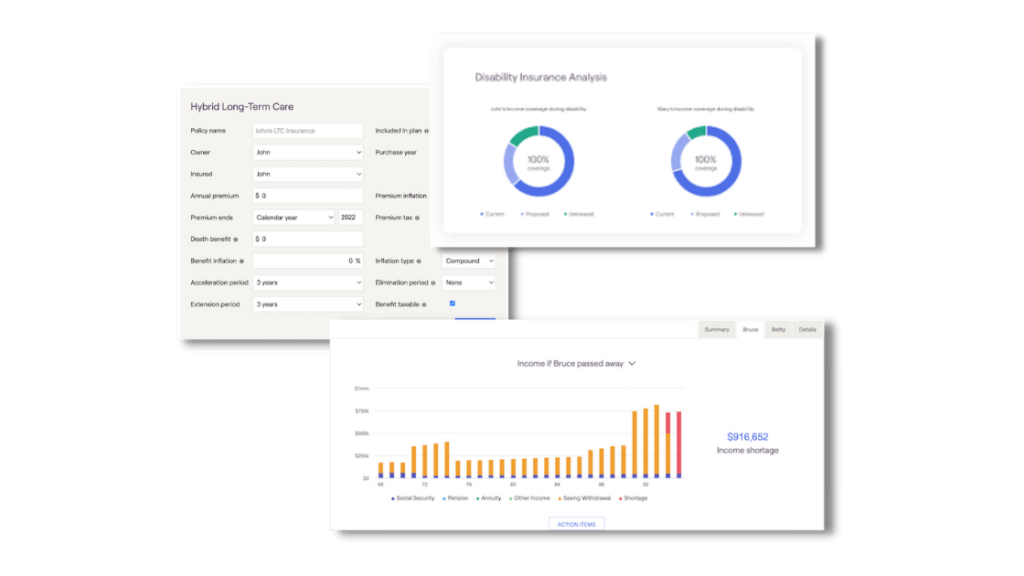Investing money smartly is one of the most effective ways to build long-term wealth and achieve financial stability. With so many investment options available, it can be overwhelming for beginners to know where to start. However, by understanding key strategies and aligning them with your financial goals, you can make informed decisions that lead to sustainable growth.
In this article, we’ll explore proven methods for investing money wisely in the United States, including passive index investing, value investing, growth investing, momentum investing, and dollar-cost averaging. We’ll also discuss how to choose the right strategy based on your risk tolerance, financial goals, and time horizon.
Understanding Your Financial Situation
Before diving into any investment strategy, it’s crucial to assess your current financial situation. This includes evaluating your income, expenses, debts, and emergency savings. Most financial experts recommend having a three-to-six-month emergency fund before starting to invest. Additionally, paying off high-interest debt should be a priority, as it reduces financial stress and frees up more money for investments.
Once you have a solid foundation, you can begin allocating funds toward your investment goals. Whether you’re saving for retirement, a home, or other life milestones, having a clear objective will guide your investment choices.
Choosing the Right Investment Strategy

There are several investment strategies to consider, each with its own advantages and risks. The best approach depends on your personal preferences, risk tolerance, and financial goals.
1. Passive Index Investing
Passive index investing involves buying funds that track broad market indices like the S&P 500. These funds offer diversification, low fees, and a hands-off approach. They are ideal for beginners who want to benefit from the overall market growth without the need for active management.
Pros:
– Lower costs due to minimal trading and management fees
– Broad diversification across multiple sectors
– Simplicity and ease of implementation
Cons:
– Cannot outperform the market
– Exposure to market downturns
– Limited opportunities in specific sectors
This strategy is particularly beneficial for long-term investors looking to grow their retirement savings. By investing in index funds, you can ride out short-term market fluctuations and benefit from compound growth over time.
2. Value Investing
Value investing focuses on purchasing undervalued stocks that are trading below their intrinsic value. Investors look for companies with strong fundamentals, consistent earnings, and competitive advantages. This approach requires patience, as it often takes time for the market to recognize the true value of these companies.
Pros:
– Potential for large gains when the market corrects
– Strong risk/reward relationships
– Dividend-paying companies
Cons:
– Difficult to find quality value stocks
– Requires long-term commitment
– No guarantee of success
Legendary investor Warren Buffett is a prime example of a successful value investor. His philosophy centers around buying companies with strong fundamentals and holding them for the long term. This approach can be highly rewarding but requires careful research and discipline.
3. Growth Investing

Growth investing targets companies with high potential for future earnings growth. These stocks often trade at higher valuations, and they typically do not pay dividends. Growth investors focus on innovation, market expansion, and strong leadership teams.
Pros:
– Potential for quick profits
– High growth potential
– Less reliance on fundamental analysis
Cons:
– Higher volatility
– No dividends in the short term
– Higher P/E ratios
While growth investing can lead to significant returns, it carries more risk than other strategies. It’s best suited for investors with a higher risk tolerance and a longer time horizon. Tech stocks, for example, are often considered growth investments due to their rapid innovation and market expansion.
4. Momentum Investing
Momentum investing is based on the idea that winning stocks continue to perform well, while losing stocks tend to underperform. Investors buy trending stocks and sell them when the momentum fades. This strategy relies heavily on technical analysis and market trends.
Pros:
– High reward potential
– Short-term trading opportunities
– Exciting and engaging
Cons:
– Requires skill and experience
– High volatility
– Tax implications
Momentum investing is best for active traders who can monitor the market closely. It can be risky, as sudden market shifts can lead to quick losses. However, with proper risk management, it can be a profitable strategy for those comfortable with short-term trading.
5. Dollar-Cost Averaging (DCA)

Dollar-cost averaging involves investing a fixed amount of money at regular intervals, regardless of market conditions. This strategy helps reduce the impact of market volatility by spreading out your investments over time.
Pros:
– Reduces emotional decision-making
– Lowers average cost per share
– Easy to automate
Cons:
– May result in higher tax liability
– Requires steady cash flow
– Less flexibility in timing
DCA is an excellent strategy for both new and experienced investors. It encourages consistent saving and helps avoid the pitfalls of trying to time the market. Many online brokers offer automated DCA features, making it easy to implement.
How to Start Investing
Once you’ve chosen a strategy, the next step is to open an investment account. You can opt for a traditional brokerage account, an IRA, or a 401(k) if your employer offers one. Each option has its own benefits and limitations.
For example, a 401(k) allows you to contribute pre-tax dollars, reducing your taxable income. Many employers also offer matching contributions, which is essentially free money. IRAs, on the other hand, offer more flexibility in terms of investment choices.
When choosing an investment platform, consider factors such as fees, customer service, and the range of available assets. Fidelity, Vanguard, and Charles Schwab are popular choices among U.S. investors.
Final Tips for Smart Investing
- Set clear financial goals: Knowing what you want to achieve will help you choose the right strategy.
- Diversify your portfolio: Spreading your investments across different asset classes reduces risk.
- Stay informed: Keep up with market trends and economic news to make informed decisions.
- Review your strategy regularly: Adjust your investments as needed to stay aligned with your goals.
By following these principles, you can build a robust investment portfolio that supports your long-term financial goals.
Author: John Smith
Title/Role: Financial Analyst & Investment Advisor
Credentials: John has over 10 years of experience in the financial industry, specializing in personal finance and investment strategies. He holds a CFA designation and is a certified financial planner.
Profile Link: [Link to John Smith’s Profile]
Sources:
1. Fidelity – How to Open an Account
2. S&P 500 Historical Performance
3. Warren Buffett’s Investment Philosophy
Internal Links:
– How to Build a Diversified Portfolio
– Understanding Risk Tolerance
– The Power of Compounding
Call to Action:
Start investing today and take control of your financial future. Whether you’re saving for retirement, a home, or other goals, smart investing can help you achieve long-term success. Explore the strategies outlined in this article and find the one that works best for you.
URL Slug: smart-ways-invest-money
Image Optimization:

Schema Markup:
{
"@context": "https://schema.org",
"@type": "Article",
"headline": "Smart Ways to Invest Money: Proven Strategies for Long-Term Growth",
"description": "Learn smart investment strategies for long-term growth in the US.",
"author": {
"@type": "Person",
"name": "John Smith"
},
"datePublished": "2025-04-05"
}
Featured Snippet Optimization:
“Smart ways to invest money include passive index investing, value investing, growth investing, momentum investing, and dollar-cost averaging. These strategies help build long-term wealth and achieve financial goals.”
CTR Optimization:
“Discover the smartest ways to invest money in the US and grow your wealth over time.”
Dwell Time:
Start investing now and see how your money can grow with the right strategies.
Bounce Rate Reduction:
Follow our expert tips and make informed investment decisions today.
Reader Engagement:
What investment strategy do you think is best for you? Share your thoughts in the comments below!











More Stories
How to Claim Your Joy in League of Legends: A Step-by-Step Guide
What is WSET? A Comprehensive Guide to Wine Education
How Will VA Compensation Be Affected by a Government Shutdown?